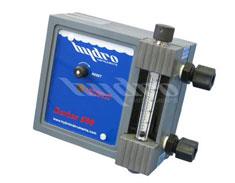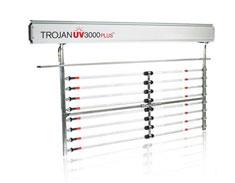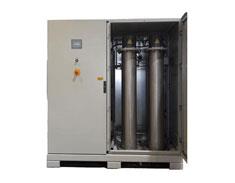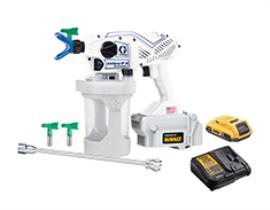- sisdoz@sisdoz.com.tr
- TR
Disinfection Systems
Disinfection Systems
Disinfection systems are systems that are mandatory to be used in many applications, especially in the areas of cleaning, water treatment, food and health. These systems are very effective in eliminating harmful microorganisms in an environment, on the surface or in a product. Disinfection systems, which have functions such as removal of viruses, bacteria or other germs, and deodorization, are widely used.
Parameters such as the type of microorganism to be treated, working conditions and the capacity needed are very important in choosing the right system. In this context, it is possible to see systems with different working principles in disinfection applications. The type of disinfectant to be used may also change depending on these parameters. Even if a correct disinfectant is chosen, improper application of disinfectant or incorrect operating parameters (temperature, pressure, flow, etc.) will reduce the efficiency of disinfection systems. Therefore, all details should be paid attention to system design and equipment selection.
Disinfection Methods
Today, there are many different disinfection systems. With the developing technology, the efficiency of these systems are increased and new methods are developed. But today's widely used disinfection systems are:
Gas Chlorine - Chlorination Systems: These systems appear in almost every application where water is used. We can see systems where chlorine is used as a disinfectant in purification of drinking water, cooling tower applications, petrochemical industry and many other fields.
UV Disinfection Systems: Ultraviolet rays of certain wavelengths have germicidal properties. However, it is really difficult to implement this system and get healthy results. Therefore, the operating parameters of the system and the equipment to be used must be determined precisely. In addition, it is imperative that the system is controlled precisely and constantly monitored.
Ozone Systems: Ozone is one of the most commonly used chemicals in disinfection systems. For this reason, large or small ozone generators are used in the application area, depending on the need. Precise control of the amount of ozone in the system is extremely important for the system to work correctly and decisively. For this, equipment such as ozone gas concentration analyzer, ozone leak detector, ceramic diffusers and ozone destruction unit must be used.
Salt chlorine production generators: With these generators, which are among the advanced disinfection systems, chlorine production is carried out with water, salt and electricity.
Things to be Considered in Disinfection Systems
Apart from these disinfection methods, there are other techniques and types of disinfectants. For example, disinfection can be made with substances such as ethylene oxide, formaldehyde, H2O2 gas plasma. Again, it is possible to perform environment, air, surface or water sterilation by killing many harmful microorganisms with high temperature.
Regardless of which disinfectant or disinfection system is used, the following criteria must be observed:
Disinfection to be effective and fast results
Does not contain and spread a toxic substance
The system and disinfectants are cheap
It does not harm the environment, human and animal health.
Not being inactive with organic substances
Disinfectant's application time, purity, correct procedures to be done before and after






